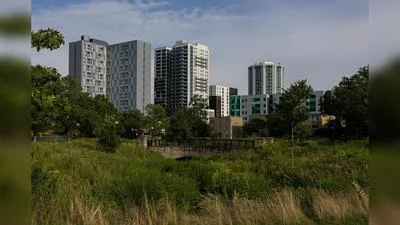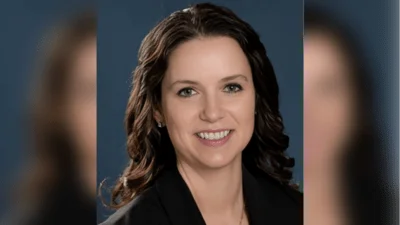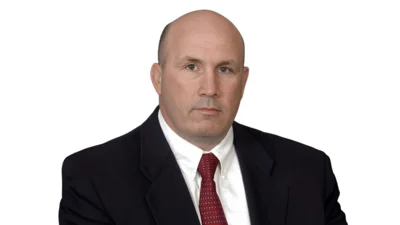File photo
File photo
A model developed by two University of Illinois scientists shows more than 30,000 Illinoisans would in April if the state had not heeded Gov. J.B. Pritzker’s stay-at-home order.
Physicist Nigel Goldenfeld and bioengineering Professor Sergei Maslov said at a news conference that removing restrictions could make that number jump.
“Unlike the first wave, which may have started from only a few individuals, the second wave would be started by thousands of infected people,” Maslov said, according to The News Gazette. “When we simulated this scenario, as requested by the governor’s team, we saw a drastic rise in the number of hospital and ICU admissions and death. The second wave would quickly surpass the ability of our hospital system to respond.”
Maslov said the model indicates at least 10 times more people are infected than how many positive tests are announced because the state has limited testing capacity.
As of May 25, Illinois reported 110,304 confirmed cases of the coronavirus, including 4,856 deaths. Over 747,000 tests had been performed on Illinois residents.
Pritzker told The News Gazette the convened experts from the University of Chicago, Northwestern University, the Chicago and Illinois departments of public health and outside consulting groups shared data and compared models.
Illinois reached the peak of its first wave according to Goldenfeld and Maslov’s model. The University of Chicago’s model differs in that it suggests the peak will not come until this month. The difference in the models? Goldenfield said part of the reason is that the Chicago model doesn’t assume the coronavirus will fade during warm summer months.
“If we are right about the seasonal forcing, there is still a downside because it means that after the summer, the virus will start to become more effective, and the COVID-19 epidemic will restart,” Goldenfield told The News Gazette. “It’s not rocket science. It’s harder."






 Alerts Sign-up
Alerts Sign-up